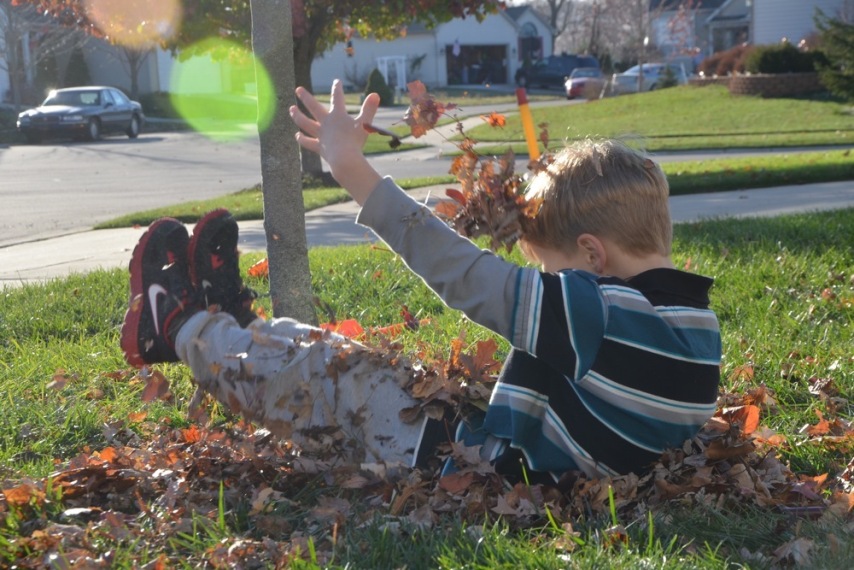Back in the Middle East (SOTW chs. 16 and 17)
This week (two weeks) in history...a lot of review. We left Mesopotamia behind awhile ago to spend time in Egypt and around the Mediterranean, so when we finally returned to the Middle East we had to spend a little time reviewing names like Gilgamesh, Sargon, and Shamshi-Adad. We also picked up a few books on the Library at Nineveh and the Hanging Gardens of Babylon. It wasn't a thrilling couple of weeks, but since we were still absorbing info on the Phoenicians (Hanno and Hannibal in particular, even if they were later), that was okay. Plus we were on vacation. Sometimes it's good to have a week of mundane history.
 Seven Wonders of the Ancient Middle East, by Michael Woods (not to be confused with Michael Wood, my very favorite historian ever), is a reference-style look at exactly what it says. Beautiful pictures and rich textual evidence brings the sites alive for the reader. The entry we were after was on The Library of Nineveh.
Seven Wonders of the Ancient Middle East, by Michael Woods (not to be confused with Michael Wood, my very favorite historian ever), is a reference-style look at exactly what it says. Beautiful pictures and rich textual evidence brings the sites alive for the reader. The entry we were after was on The Library of Nineveh.
 Famous Figures of Ancient Times is simply a fun bit of distraction. Cut out and create pose-able paper doll figures of twenty different famous figures from ancient times. I just came across this at a specialty used book store and fell in love with it. I'm a geek that way. So, apparently, is my son.
Famous Figures of Ancient Times is simply a fun bit of distraction. Cut out and create pose-able paper doll figures of twenty different famous figures from ancient times. I just came across this at a specialty used book store and fell in love with it. I'm a geek that way. So, apparently, is my son.
 Seven Wonders of the Ancient World, by Michael Woods. Like its brother book on the wonders of the ancient Middle East. We used this volume for its entry on The Hanging Gardens of Babylon.
Seven Wonders of the Ancient World, by Michael Woods. Like its brother book on the wonders of the ancient Middle East. We used this volume for its entry on The Hanging Gardens of Babylon.
 The Babylonians, by Martha Rustad, is a fascinating look at the life and times of the Neo-Babylonians, including religion, science, and day-to-day activities.
The Babylonians, by Martha Rustad, is a fascinating look at the life and times of the Neo-Babylonians, including religion, science, and day-to-day activities.
 Ancient Babylon, by Karen Gibson, is packed with information interspersed with photographs and imaginative renderings of the ancient cities of Babylon. A little dry, and somewhat fantastical, relying on unsubstantiated sources, but the illustrations are greatly enjoyable.
Ancient Babylon, by Karen Gibson, is packed with information interspersed with photographs and imaginative renderings of the ancient cities of Babylon. A little dry, and somewhat fantastical, relying on unsubstantiated sources, but the illustrations are greatly enjoyable.
 Book reviews,
Book reviews,  History | tagged
History | tagged  Story of the World,
Story of the World,  ancient civilizations,
ancient civilizations,  middle east
middle east 





















